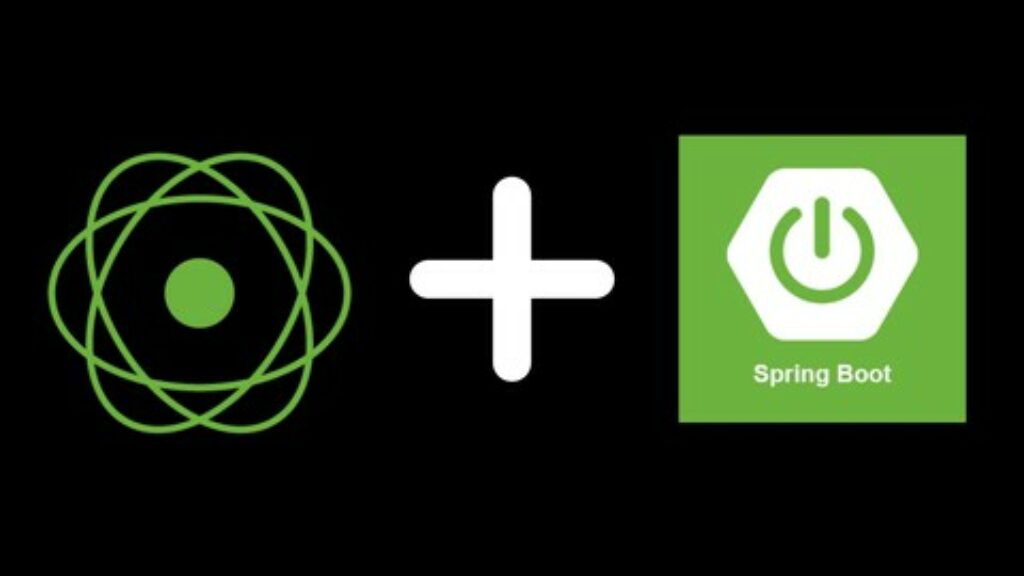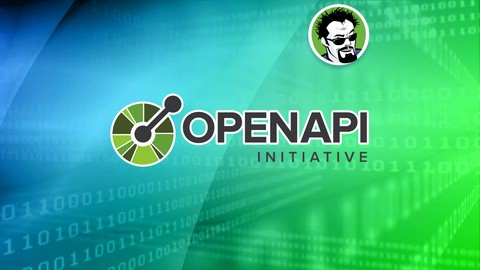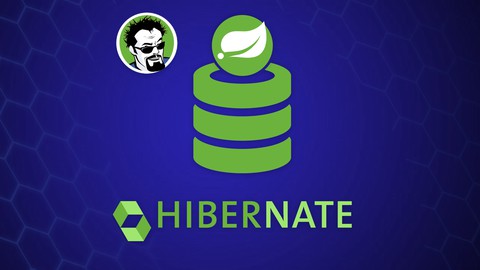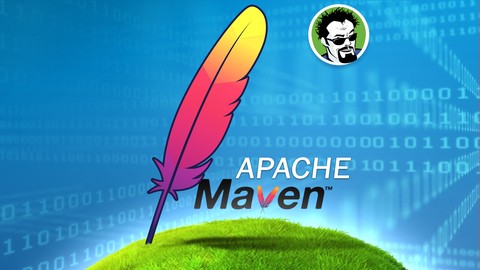
Master Spring WebFlux with 8.5 hours of hands-on Reactive Programming and expert instruction by Pragmatic Code School—use coupon JUN25-DEAL-2 to enroll now!
Table of Contents
Overview of Build Reactive MicroServices using Spring WebFlux/SpringBoot Course on Udemy
The Build Reactive MicroServices using Spring WebFlux/SpringBoot course on Udemy is a comprehensive guide to mastering reactive programming and building scalable, non-blocking REST APIs. Designed for Java developers eager to embrace modern web development, this course equips you with practical skills to create efficient APIs using Spring WebFlux and Project Reactor. With 8.5 hours of on-demand video, 3 articles, and 69 downloadable resources, instructor Pragmatic Code School delivers a hands-on learning experience. Enjoy lifetime access, mobile/TV compatibility, and a certificate of completion to boost your credentials. Enroll today with udemy coupon codes JUN25-DEAL-2 (valid until June 30, 2025—check the offer box below for the discount link!)
What to Expect from the Build Reactive MicroServices using Spring WebFlux/SpringBoot Course
This course offers a structured, hands-on approach to learning Spring Boot, spanning 8.5 hours of content tailored for intermediate Java developers. Pragmatic Code School’s teaching style combines theoretical insights with practical coding, guiding you through building a reactive CRUD API. Expect step-by-step tutorials, real-world examples, and JUnit testing scenarios to solidify your understanding. The course is ideal for developers transitioning from traditional Spring MVC to reactive paradigms or those building scalable microservices. Udemy’s platform ensures flexibility, allowing you to learn on mobile, TV, or desktop at your own pace.
What You Will Learn in Build Reactive MicroServices using Spring WebFlux/SpringBoot
By completing this course, you’ll gain the following skills:
- Understand the fundamentals of Reactive Streams and why they’re essential for modern APIs.
- Write non-blocking code using Project Reactor’s Flux and Mono types.
- Build and test reactive REST APIs with Spring WebFlux’s RestController.
- Implement CRUD operations with MongoDB in a reactive environment.
- Handle exceptions in reactive APIs using WebClient and functional endpoints.
- Create real-time streaming endpoints with Server-Sent Events (SSE).
Why Choose This Build Reactive MicroServices using Spring WebFlux/SpringBoot Course on Udemy
This course stands out due to Pragmatic Code School’s industry expertise and the course’s focus on practical, up-to-date content. With 8.5 hours of video and 69 resources, it offers exceptional value for developers aiming to master reactive programming. The hands-on projects, including a fully functional API, ensure you can apply your skills immediately. Dilip’s clear explanations and emphasis on testing make it a top choice for building scalable microservices. Use udemy promo codes JUN25-DEAL-2 to get at a discount (see offer box)!
Recommended Courses with Reactive Programming Focus
Looking to expand your skills? Check out these related courses:
Spring 6 & Spring Boot 3 for Beginners (Includes 7 Projects) Best seller
- Spring WebFlux and Spring Data R2DBC: Build Reactive APIs – Learn to create non-blocking APIs with MySQL and R2DBC for video streaming apps.
- Reactive Microservices with Spring Boot – Dive into building distributed, scalable microservices using Spring WebFlux and Kotlin.
- Master Project Reactor for Reactive Programming – Focus on Flux, Mono, and backpressure for advanced reactive Java development.
Our Review of Build Reactive MicroServices using Spring WebFlux/SpringBoot Course
As website admins, we evaluated the Build Reactive RESTFUL APIs using Spring Boot/WebFlux course for its structure, delivery, and practicality. The course is well-organized, progressing from reactive programming basics to advanced API development. Pragmatic Code School’s engaging style and real-world examples make complex concepts accessible. The inclusion of MongoDB integration and JUnit testing adds significant value for developers building production-ready APIs. However, some areas could improve.
Pros:
- Comprehensive coverage of WebFlux and Project Reactor with practical projects.
- Clear, hands-on approach to building and testing reactive APIs.
- Lifetime access and mobile compatibility enhance learning flexibility.
Cons:
- Assumes intermediate Java knowledge, which may challenge beginners.
- Some advanced topics, like backpressure, could use more examples.
With udemy courses coupon JUN25-DEAL-2, it’s a steal!
Rating the Build Reactive MicroServices using Spring WebFlux/SpringBoot Course
Overall Rating: 9.6/10
- Content: 9/10 – Thoroughly covers Spring WebFlux and reactive programming essentials.
- Delivery: 9.6/10 – Engaging but pacing may feel fast for some learners.
- Value: 9.6/10 – Affordable with udemy discounts coupon JUN25-DEAL-2.
Enroll now to master reactive programming with this top-tier course!
Additional Information from Search Insights
The course aligns with trending search keywords like Spring WebFlux, Reactive Programming, Spring Boot, Project Reactor, MongoDB, RestController, WebClient, and microservices, reflecting its relevance in 2025. These terms highlight the growing demand for non-blocking, scalable APIs in cloud-native and microservices architectures. By focusing on these areas, the course appeals to Java developers seeking to stay competitive in modern web development.














